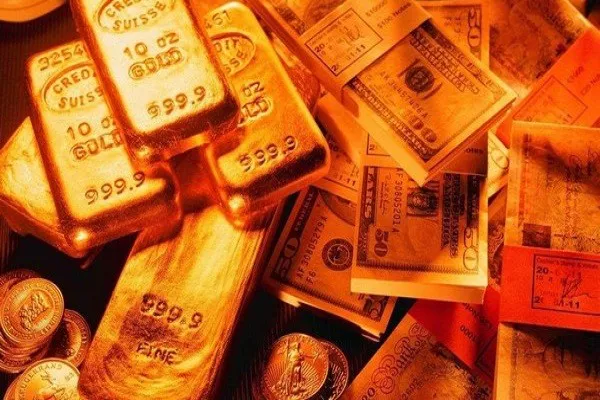Gold futures contracts serve as a popular investment vehicle for those seeking exposure to the precious metal. To engage in gold futures trading, it is crucial to understand how these contracts are priced. This article provides a comprehensive analysis of factors that influence the pricing of gold futures contracts, including underlying gold prices, contract specifications, market dynamics, and supply and demand forces.
1.The Basics of Gold Futures Contracts
A gold futures contract represents an agreement to buy or sell a specific amount of gold at a predetermined price on a future date. These contracts are traded on commodity exchanges such as the Chicago Mercantile Exchange (CME) and come with standardized specifications, including contract size, delivery months, and minimum price fluctuations.
2.Determining the Price of Gold Futures Contracts
2.1 Underlying Gold Prices:
The primary driver of gold futures contract pricing is the underlying spot price of gold. Although futures prices may differ from spot prices due to factors like storage costs and interest rates, the two generally move in tandem. Investors monitor global gold prices to assess potential movements in gold futures contracts.
2.2 Contract Specifications:
Each gold futures contract has specific terms and conditions, including the contract size, quality of gold deliverable, and delivery months. These specifications influence pricing as they impact the market’s perception of future gold supply and demand dynamics.
2.3 Market Dynamics:
The interaction between buyers and sellers in the gold futures market affects contract pricing. Supply and demand imbalances can drive prices up or down. Increased buying activity leads to higher prices, while increased selling pressure can result in lower prices.
2.4 Speculation and Investor Sentiment:
Futures markets are influenced by speculators who anticipate price movements for profit. Their actions, based on technical analysis or market sentiment, contribute to short-term price volatility. Investor sentiment towards gold as a safe haven asset or inflation hedge can also impact contract prices.
3.Contract Pricing Mechanisms
3.1 Spot-Futures Parity:
The concept of spot-futures parity suggests that the price of a futures contract should reflect the current spot price of the underlying asset, adjusted for factors like storage costs and interest rates. Deviations from this principle may present arbitrage opportunities for market participants.
3.2 Contango and Backwardation:
Gold futures contracts can trade in two different states: contango or backwardation. Contango occurs when future prices are higher than spot prices, indicating expectations of higher prices in the future. Backwardation, on the other hand, arises when futures prices are lower than spot prices, suggesting expectations of lower prices ahead. These conditions can influence the pricing of gold futures contracts.
3.3 Cost of Carry:
Cost of carry refers to the expenses associated with holding a position in a futures contract until delivery. It includes storage costs, insurance, financing, and opportunity costs. The cost of carry is factored into futures prices through interest rate differentials and storage costs, particularly when the contract approaches its delivery date.
4.Factors Affecting Gold Futures Contract Prices
4.1 Macroeconomic Factors:
Economic indicators, such as inflation rates, interest rates, currency exchange rates, and geopolitical events, can impact gold prices. Changes in these factors influence investors’ perceptions of gold’s value and thus affect gold futures contract pricing.
4.2 Central Bank Policies:
Monetary policies employed by central banks can have a substantial impact on gold prices and, subsequently, gold futures contract pricing. Actions by major central banks, such as interest rate decisions or quantitative easing measures, can significantly influence market sentiment towards gold.
4.3 Global Demand and Supply Dynamics:
Factors that influence gold supply and demand, such as mining production, industrial use, jewelry demand, and investor sentiment, can impact gold futures prices. Changes in these dynamics affect the anticipated future availability and accessibility of gold.
4.4 Currency Movements:
Gold is often denominated in a specific currency, usually the U.S. dollar. Fluctuations in currency exchange rates can influence the price of gold futures contracts, especially for investors trading gold futures in different currencies.
Additional Considerations
Investors should bear in mind that gold futures contract prices are subject to market forces and can experience significant volatility. It is crucial to conduct thorough research, analyze relevant factors, and consider risk management strategies before engaging in gold futures trading.
Conclusion
The pricing of gold futures contracts is influenced by various factors, including underlying gold prices, contract specifications, market dynamics, supply and demand forces, and macroeconomic considerations. Understanding these factors is vital for investors looking to engage in gold futures trading. By analyzing these elements and staying informed about gold market dynamics, investors can make more informed decisions when it comes to buying or selling gold futures contracts.


